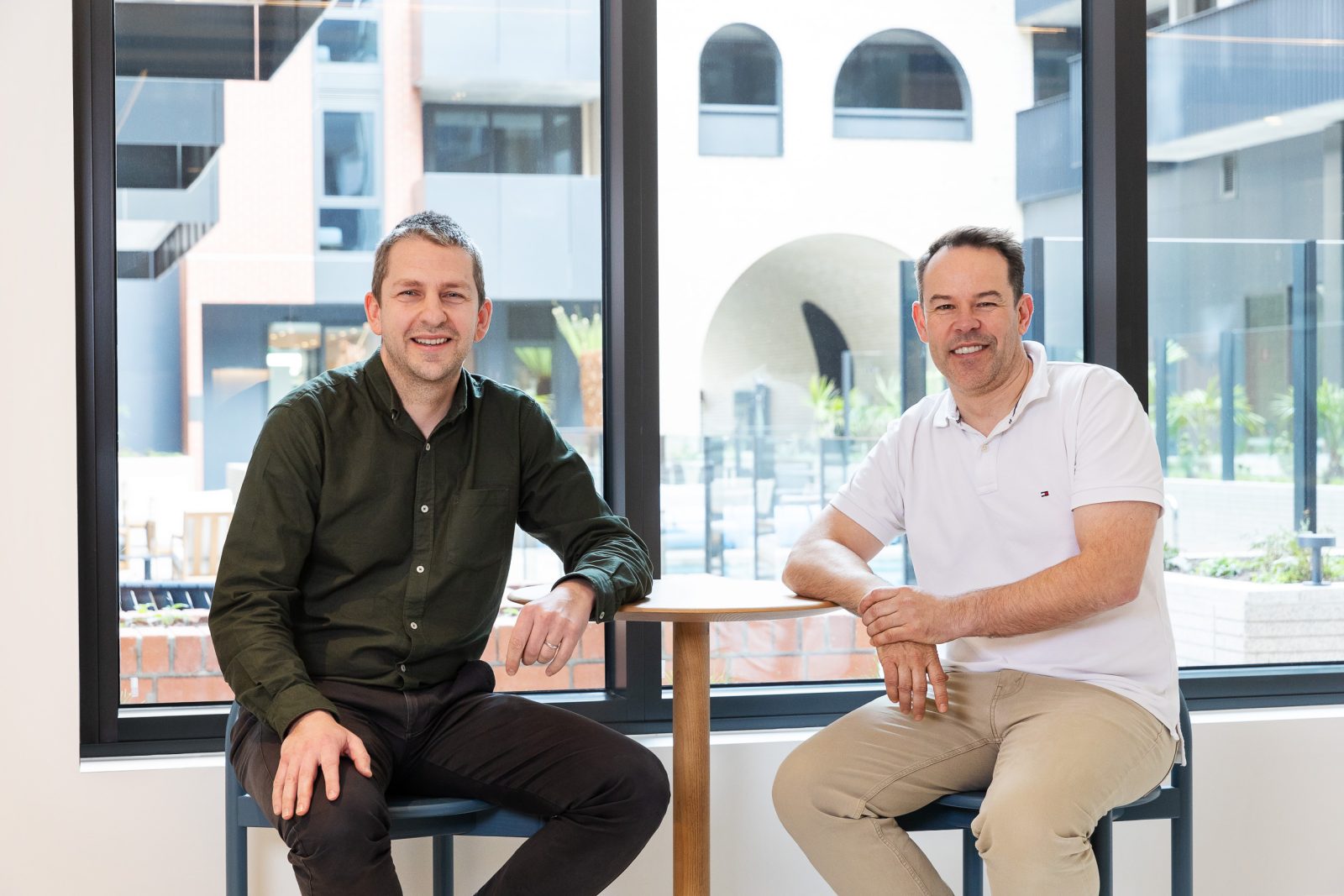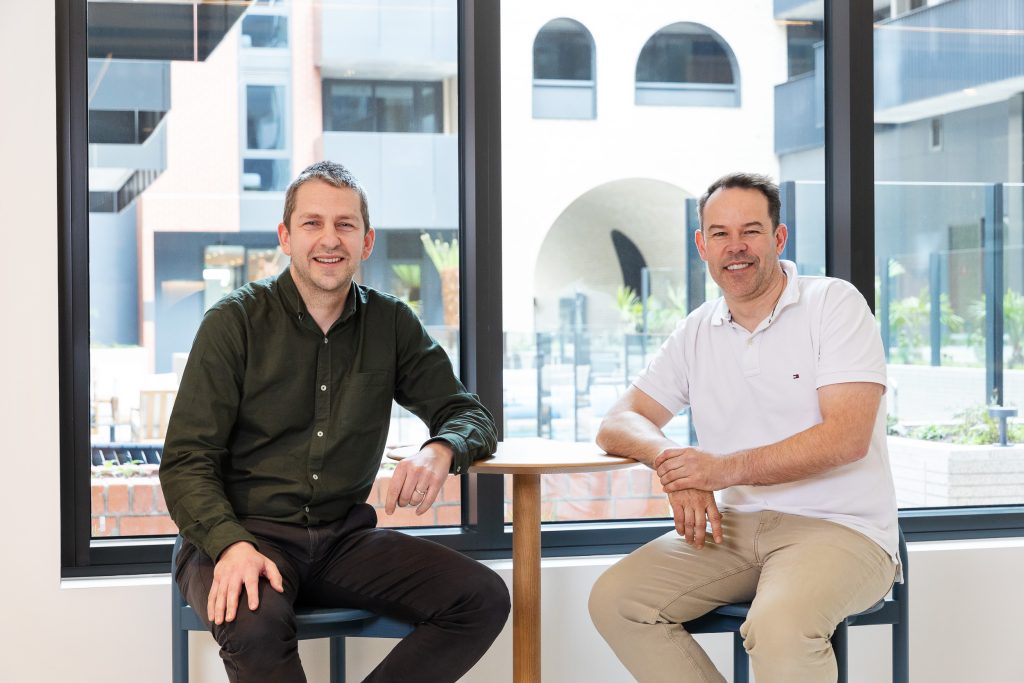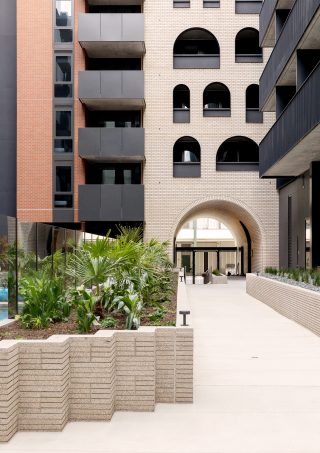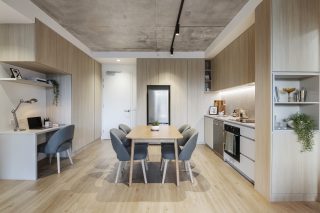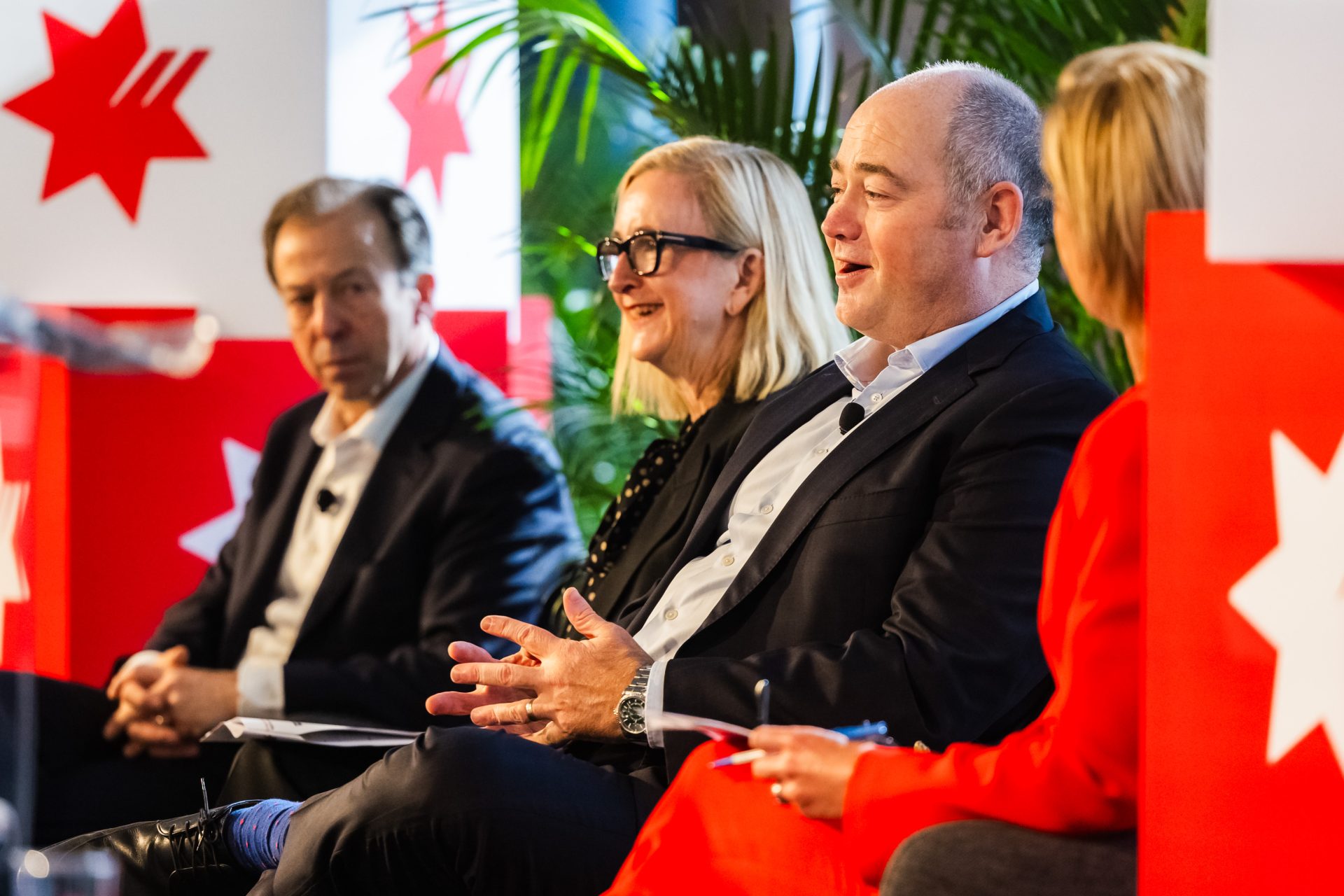Nimble operators unburdened by legacy projects are piercing the gloom in the apartment market, with the current downturn emerging as more of an opportunity than a threat.
The traditional build-to-sell market, especially for projects of more than 100 apartments, has been in decline since 2018, punished for its heavy reliance on offshore and domestic borrowers purchasing off-the-plan.
The nascent build-to-rent sector, on the other hand, has been more resilient, attracting institutional capital from local and offshore investors to roll out a different form of accommodation, often with a meaningful social and affordable component.
Property investment and development management group Local – founded in 2021 by former Grocon head of development Dan McLennan and the construction group’s ex-transactions manager Matthew Berg – is working on three Melbourne projects with a difference.
“All three, in Kensington, Box Hill and South Melbourne, were conceived for the build-to-sell market, but we work with incumbent developers or buy sites with pre-existing planning approval for apartment developments so we can tailor them for the BTR market,” Mr McLennan said.
“There’s a degree of reshaping the design, like adjusting the mix of dwellings, introducing some more lifts or increasing amenity space, but we don’t have to go back to planning so it’s a quicker, more certain pathway to the market.
“It’s a good example of BTR filling the gap because these projects would not have been capable of delivery in the current economic environment.”
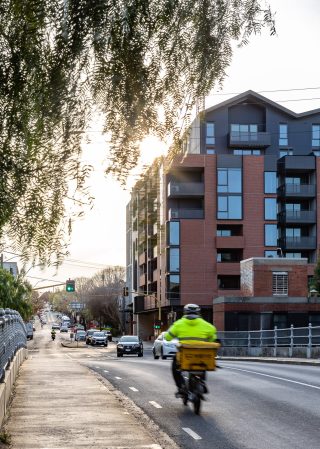
Once completed, Local has said the three projects currently valued at a combined $1.1bn are expected to deliver over 1,300 new apartments to the BTR market, including 119 much-needed dwellings allocated through registered housing providers to women over 55 who are at risk of homelessness, key workers, and people in need of specialist disability accommodation.
While the company is continuing to identify similar opportunities up the eastern seaboard, Mr McLennan agreed that there is a finite number of permitted sites and to this end Local is exploring a variety of potential development and acquisition opportunities.
BTR is well-established in other countries such as the UK and the US, but is nascent in Australia and a long way from mass adoption.
A 2022 report by EY said the sector was worth almost $17bn, or roughly 0.2% of the total value of the residential housing sector.
Mr McLennan and his co-chief executive Mr Berg arrived early on the BTR scene, with Grocon winning the tender to build the athletes’ village for the 2018 Commonwealth Games.
The village has since been converted to a BTR asset.
After leaving Grocon and later setting up a boutique property advisory business where they continued to explore BTR, Mr McLennan said it became clear that the high-end market was well catered for, and the real opportunity was in the inner and middle-ring suburbs which were not synonymous with luxury.
“So that was one part of the story, but the other was a really strong environmental and social element,” he said.
“I also worked for a period at a not-for-profit in the disability accommodation sector in partnership with large institutional investors, and their focus began to switch very much from financial returns to some kind of equality with social impact.
“Industrial, retail and offices have gone on a ‘green’ journey because of institutional real estate investment but residential has dragged its feet because of the build-to-sell model, which didn’t reward investment in sustainability initiatives and didn’t compel it.
“Investors putting their money into our BTR projects have made decarbonisation commitments which they expect us to deliver, so not only is there an expectation on the investor side of the equation but there’s a really strong commercial case that can be made for it.”
One example was the solar 200KW solar facility installed at the Kensington project, which is scheduled for completion before the end of the year.
The system powers about two-thirds of the building’s common areas, such as lighting and air-conditioning in the lifts.
While an owners’ corporation would run the facility and send bills to the owners in a build-to-sell apartment block, there would be no financial reward for the developer who installed the system, in terms of a premium on apartment sales.
“But from a BTR perspective, we’re focused on trying to optimise our net operating income, so any sustainability initiatives which reduce our operating costs are a no-brainer,” Mr McLennan said.
According to Local, the company has been net zero in its operations from day one.
There is no gas infrastructure in its buildings, with the company’s efforts to reduce Scope 3 emissions from its tenants still a work in progress.
For example, tenants are provided with access to an embedded network from which they can purchase 100% renewable electricity at a price below the government benchmark rate for non-renewable electricity.
“But we don’t mandate tenants to make that choice; we provide them with every opportunity to join the (net-zero) pathway,” the Local boss said.
With the nation in the grip of a housing crisis and the apartment market under significant pressure – launches of new properties to market in Victoria are at their lowest level in 15 years, according to independent property advisory firm Charter Keck Cramer – Local is advocating strongly for the proposed change in the income tax treatment of BTR investments.
The proposal, which has stalled in federal parliament after failing to attract sufficient support, is to cut the withholding tax rate investment in BTR housing from 30% to 15% – the same level as office, retail, industrial and student accommodation.
Local’s support for the reform is unsurprising, given the vast majority of its current and prospective equity investors are foreign institutions which would be major beneficiaries.
Its position, however, is that the nation would equally benefit, with the emerging BTR sector capable of playing a key role in delivering much-needed housing including affordable rentals as the build-to-sell market continues to languish.
“It’s the kind of foreign investment we want to attract to Australia,” Mr McLennan said.
“The capacity of BTR to be a steadier producer of housing supply for the market, particularly rental housing supply, is a great opportunity that I think the nation should grasp.
“But I admit I’m biased, and in a multi-faceted way.
“I actually moved into our Kensington project, so I understand the value proposition. I’m living the experience first-hand and loving it!”
Read more on build-to-rent here.
Read about NAB’s ambition to lend at least $6 billion to support access to more affordable housing by 2029 here.
For more information on Local, visit the Local: Residential website.

